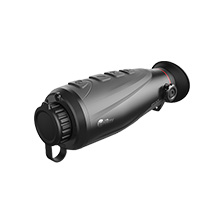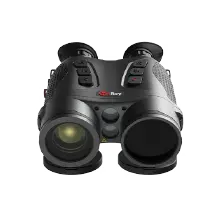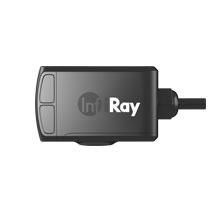What Are the Differences Between Uncooled and Cooled Infrared Camera Cores?

Infrared (IR) technology has revolutionized various industries, from surveillance to healthcare and automotive applications. Within the realm of infrared imaging, two main categories of camera cores have emerged: uncooled and cooled infrared camera cores. These cores are the heart of infrared cameras, determining their performance and capabilities. In this article, we will delve into the key differences between uncooled and cooled infrared camera cores, considering aspects such as cooling mechanism, sensitivity, cost, size and weight, and applications.
Cooling Mechanism:
The fundamental distinction between uncooled and cooled infrared camera cores lies in their cooling mechanisms. Cooled camera cores employ advanced cooling techniques, often involving cryogenic cooling, to reduce the temperature of the sensor. This cooling significantly enhances the sensitivity of the camera by reducing the thermal noise generated by the sensor itself. On the other hand, uncooled camera cores operate at ambient temperatures, relying on the sensor design and electronics to compensate for the thermal noise.
Sensitivity:
The cooling mechanism directly affects the sensitivity of the infrared camera core. Cooled camera cores, due to their reduced sensor temperature, exhibit higher sensitivity. This heightened sensitivity allows them to detect even the slightest temperature differences in the observed scene. This is especially crucial in applications where identifying subtle thermal variations is essential, such as in military reconnaissance, scientific research, and certain industrial processes. Uncooled camera cores, although less sensitive than their cooled counterparts, still offer respectable performance in various applications.

Cost:
Cost is a significant factor when choosing between uncooled and cooled infrared camera cores. Cooled camera cores, owing to their complex cooling systems and specialized components, are considerably more expensive to manufacture and maintain. The cryogenic cooling systems and intricate engineering involved contribute to the higher upfront and operational costs of cooled cameras. In contrast, uncooled camera cores are relatively more affordable, making them a practical choice for applications with budget constraints, such as commercial security and some consumer-grade devices.
Size and Weight:
The cooling mechanisms in cooled camera cores contribute to their larger size and heavier weight compared to uncooled cores. The presence of cryogenic cooling systems and additional components necessary for maintaining low sensor temperatures increases the overall bulk of the infrared camera core. This size and weight disadvantage can limit the portability and flexibility of cooled cameras, making them less suitable for handheld or mobile applications. Uncooled camera cores, due to their lack of cooling systems, are generally more compact and lightweight, which is advantageous in scenarios where space and weight considerations are paramount.
Applications:
The choice between uncooled and cooled infrared camera cores depends on the specific application requirements. Cooled camera cores find their niche in high-end applications where sensitivity and precision are crucial. These applications include long-range surveillance, scientific research, thermal imaging in extreme conditions, and military targeting systems. The enhanced sensitivity of cooled cores makes them well-suited for detecting hidden objects, monitoring wildlife, and conducting detailed thermal inspections.

On the other hand, uncooled infrared camera cores are versatile and find use in a wide range of applications. They are commonly employed in commercial security systems, building inspections, firefighting, automotive night vision, and medical diagnostics. Uncooled cores are particularly valuable in applications that demand cost-effectiveness and portability without compromising on performance.
In summary, the differences between uncooled and cooled infrared camera cores encompass their cooling mechanisms, sensitivity, cost, size and weight, and applications. Cooled camera cores offer higher sensitivity through cryogenic cooling but come at a higher cost and larger size. Uncooled camera cores are more affordable, compact, and lightweight, making them a popular choice for various practical applications. The decision to opt for one type of core over the other should be based on a careful evaluation of the specific requirements of the intended application, balancing factors such as sensitivity, cost, and portability. As infrared technology continues to advance, both uncooled and cooled camera cores will play pivotal roles in shaping the future of thermal imaging across diverse industries.

















